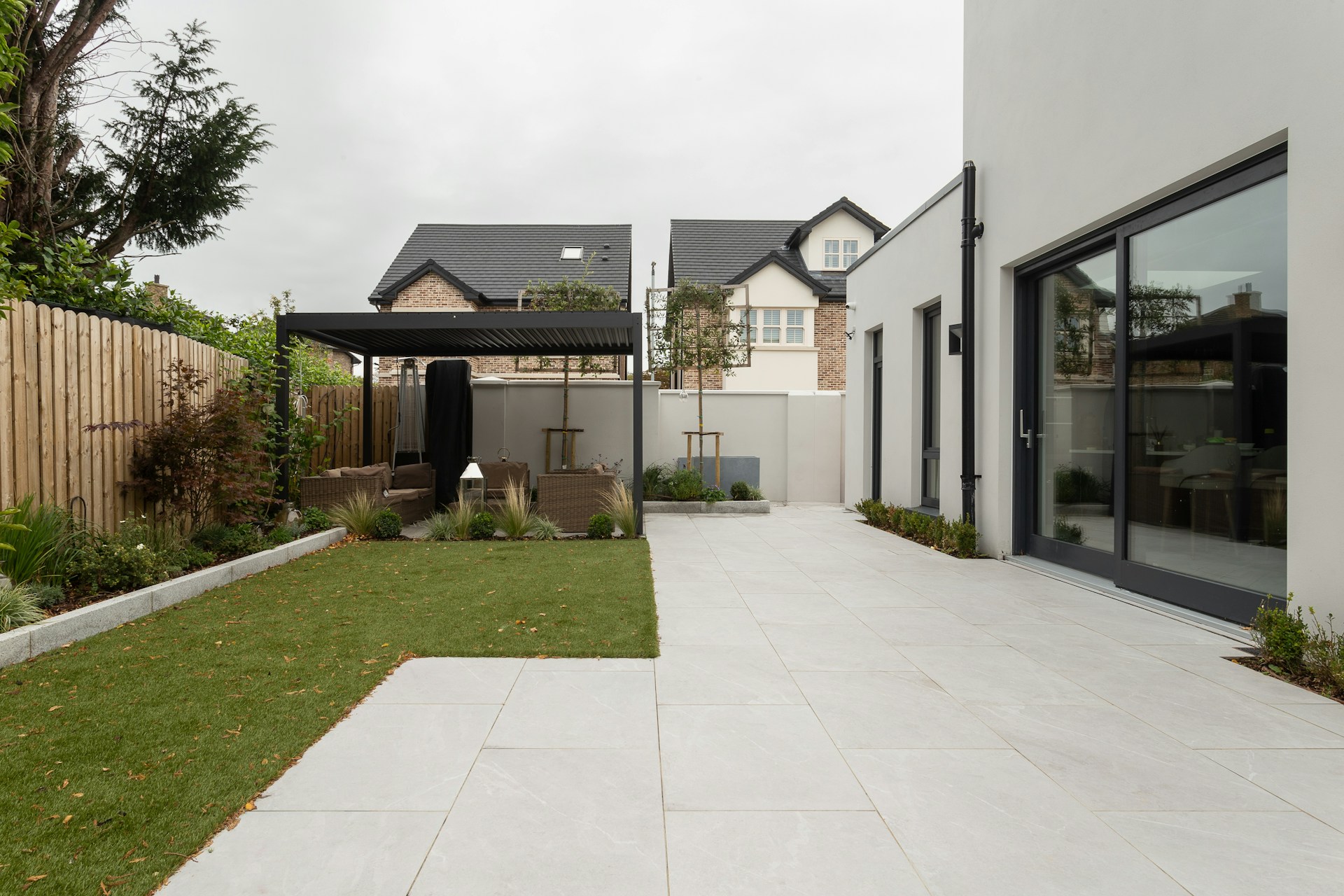Smart Home & Garden Projects for Year-Round Comfort
Creating a comfortable, functional home and garden doesn’t require a complete overhaul. With focused planning, practical projects, and the right mix of DIY and professional help, you can improve curb appeal, boost comfort, and lower ongoing maintenance. This article breaks down high-impact home and garden projects, efficient ways to manage multiple tasks at once, how to find trustworthy local services, and maintenance tips to keep improvements working for years.

What home projects give the best value?
When prioritizing projects, aim for improvements that increase livability and reduce long-term costs. Energy-efficiency upgrades such as sealing drafts, upgrading insulation, and replacing old windows often pay back through lower utility bills. Kitchen and bathroom updates typically deliver strong returns in home comfort and resale value—focus on durable finishes and neutral styling. Simple cosmetic updates like fresh paint, upgraded lighting, and new hardware can transform a space without a major budget. For outdoor spaces, tidy landscaping, a well-maintained lawn, and functional paths or patios improve first impressions and practical use.
How to plan garden projects efficiently?
Start with a site assessment: note sun exposure, soil quality, drainage, and how you use outdoor spaces. Group plants by water needs and sun tolerance to reduce maintenance. Create a phased plan—begin with structural elements (paths, irrigation, retaining walls), then add hardscaping (patios, raised beds), and finally plants and decorative features. Buying plants and materials in bulk can save money and time when you have a clear planting map. Consider native or drought-tolerant plants to lower long-term water and maintenance demands. Keep an inventory of tools and supplies to avoid redundant purchases and schedule tasks seasonally for best results.
How can you tackle multiple outdoor tasks together?
Batching related tasks reduces setup time and increases efficiency. For example, combine pruning, mulching, and soil amendment across beds in a single weekend. When working on patios or fences, plan measured blocks of work so materials can be bought in bulk and delivered at once. Rent specialized tools for big jobs (tillers, chipper/shredders, cement mixers) rather than buying them for occasional use. If multiple projects require permits or inspections, bundle permitting steps to avoid repeated trips to municipal offices. For larger efforts, coordinate with local services for a staged approach: landscaping crews can handle grading and hardscaping, while separate planting crews can follow up for installation.
Where to find reliable local services and contractors?
Choosing reputable local services means doing some verification. Look for contractors with clear written estimates, proof of insurance and licenses if required, and references or reviews from recent clients. Ask potential providers for a portfolio of similar projects and clarify timelines and warranty terms before work begins. Community groups, local hardware stores, and neighbors often provide reliable recommendations. For specialized tasks (electrical, structural changes, major irrigation), favor licensed professionals who will comply with local codes. When comparing quotes, assess the scope closely—lower cost can indicate narrower scope or lower-quality materials.
Maintenance routines to protect your investment
Consistent maintenance extends the life of any project. Set seasonal checklists: spring for planting and irrigation checks, summer for watering and pest monitoring, autumn for leaf removal and gutter clearing, and winter for insulating pipes and protecting tender plants. Schedule annual inspections for roofs, HVAC, and drainage systems; early fixes avoid costly repairs later. Keep a maintenance log with dates and details of tasks or professional services performed—this record helps with future planning and can be useful if you sell the property. Use quality materials and finishes that match expected use and climate to minimize premature wear.
Conclusion
Well-planned home and garden projects combine practicality with a phased approach: focus on high-value, low-maintenance changes first, group tasks to save time and money, and rely on verified local services for complex work. Regular maintenance keeps improvements functioning and preserves value, while sensible design choices reduce long-term costs and environmental impact. With a clear plan and realistic timelines, most homeowners can make meaningful upgrades that improve daily life and future resale prospects.






